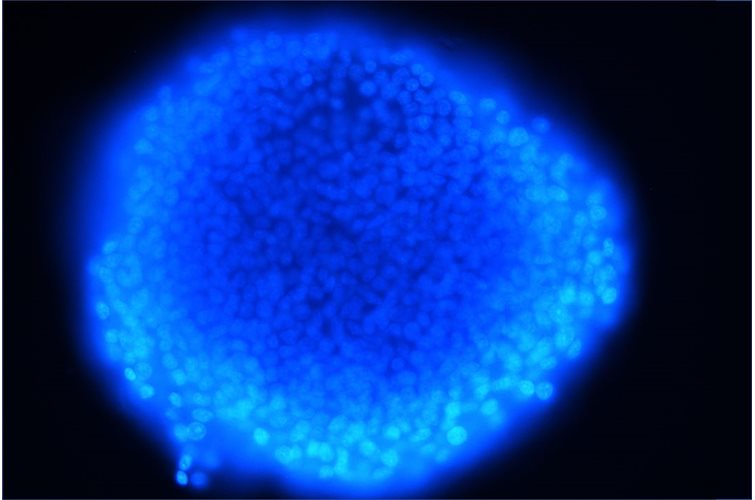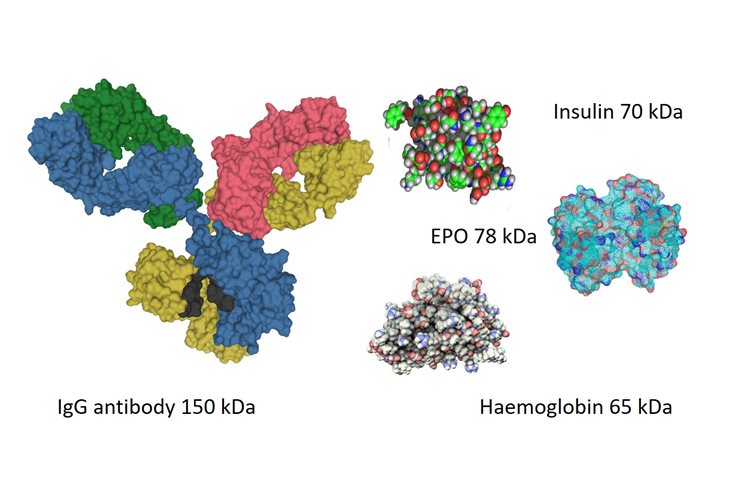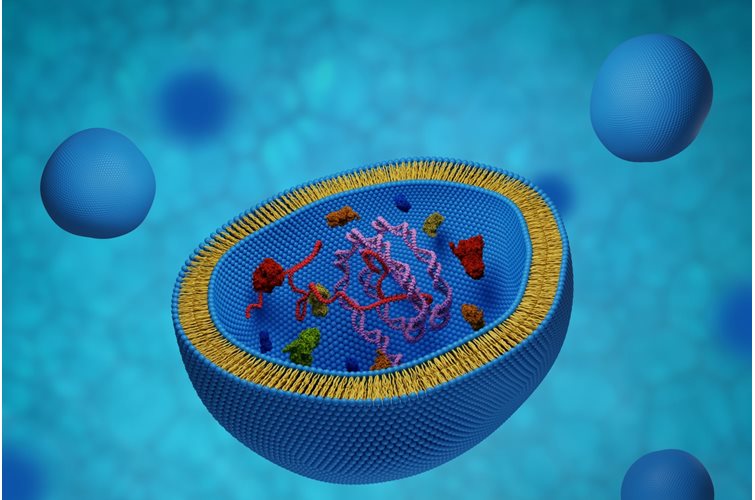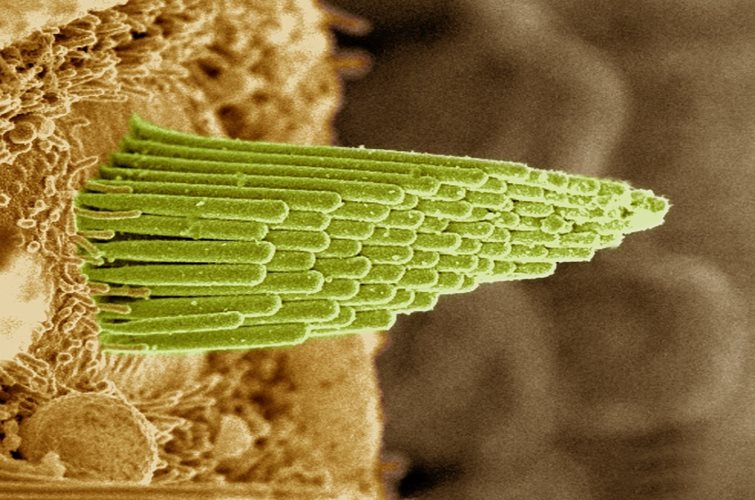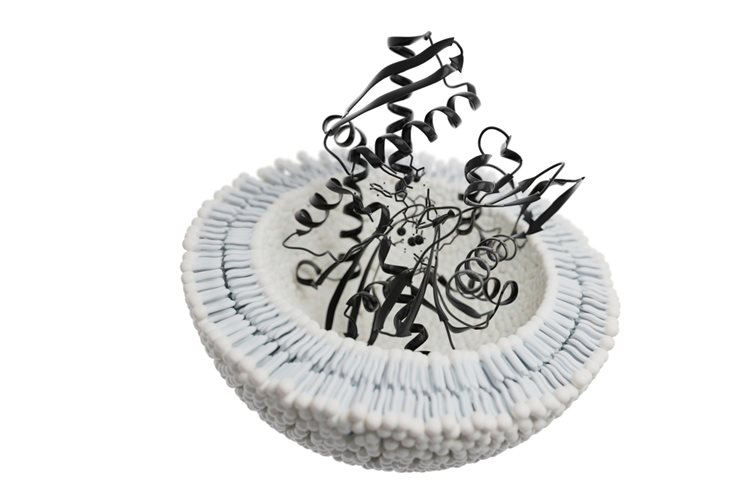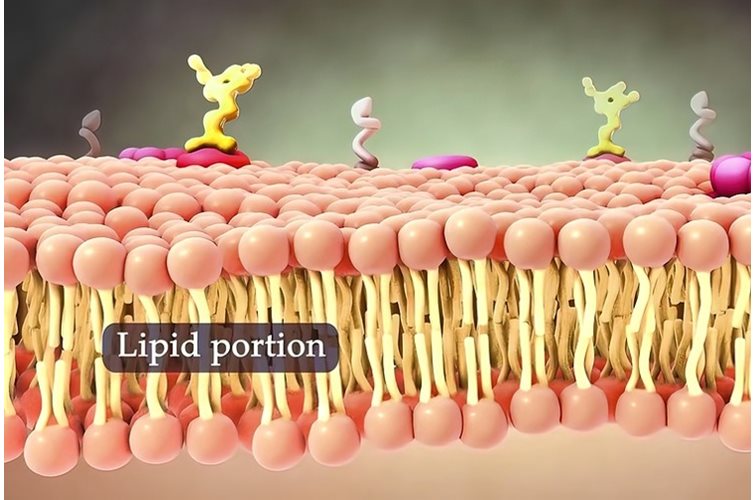Jelly on a plate

Major differences in cell behaviour develop when cells are cultured on petri dishes or hard material surfaces instead of their native biological environment. Biomaterials, particularly hydrogels, which can bridge this gap, are a key area of cell research.

